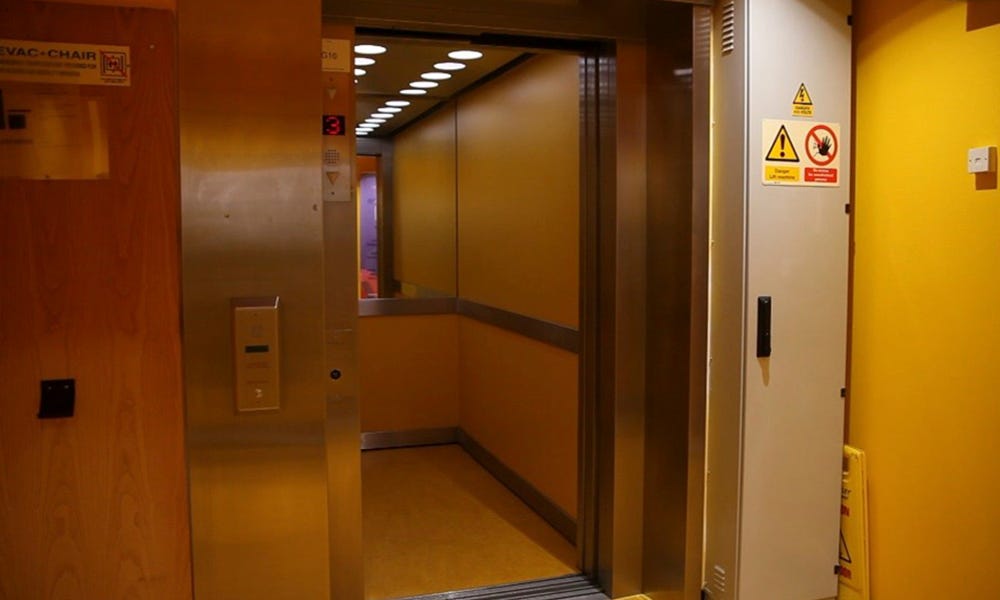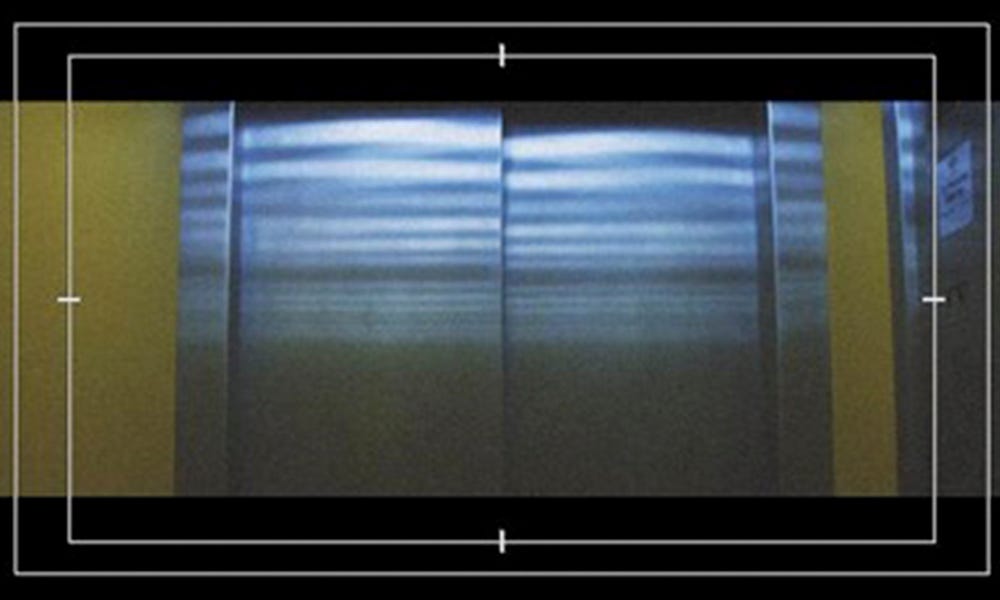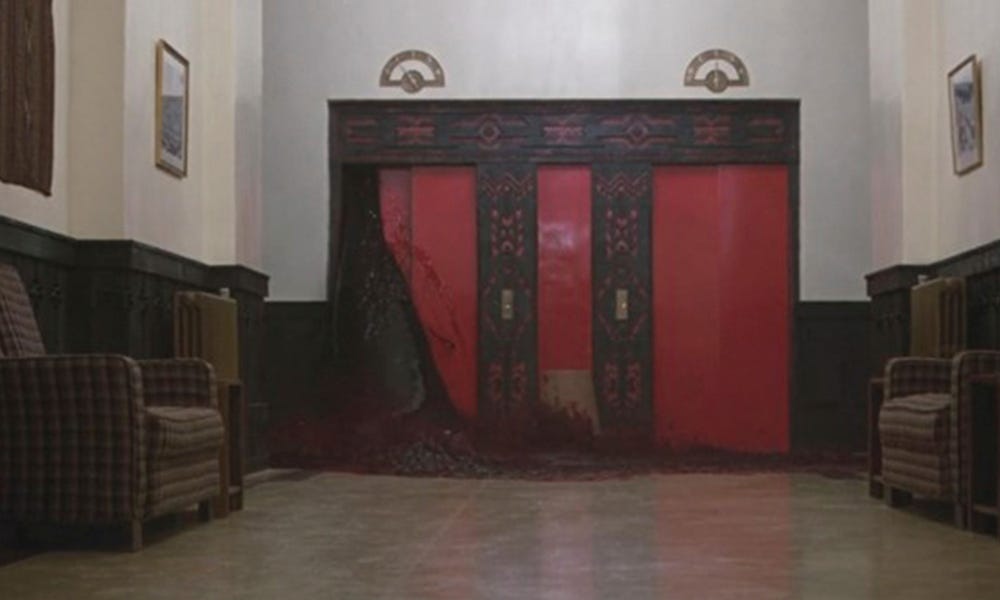Welcome back to A Journey into the Virtual World. In the previous post looked at a few more artists and inspirations for the project. If you missed that one, be sure to take a look back through the [VR]Ography section.
After getting some more research done, and feeling inspired by the fact that other artists had successfully explored their own ideas using videogames as a basis, I got to work finally producing some more imagery, and this time with a bit more focus. The themes of red, decent, and travel, as hinted at in Marcei Camus’ Black Orpheus (1995), which we were encouraged to look at by our tutor, represented well the idea of Orpheus travelling to hell in the original myth, and it was this point I wished to focus my project on. With these themes in mind I decided that I wanted to experiment with video, specifically a two-channel piece, one channel being grounded in reality, the other within the virtual world. While I was still experimenting with what virtual setting to use, I decided to shoot an initial piece of test footage. With my second channel, I was planning on focusing on the theme of another world and a journey to a military hell, but with this, I wanted to focus on something more mundane. I decided that a piece of footage of an elevator would be a good symbol for decent and that period of waiting that I wanted to concentrate on and extrapolate into the larger piece of work - and what better elevator to use than the one at my university, which trapped me on many occasions…
I first thought of recording footage of the lift from an outside point of view, however when reviewing the video, it gave the wrong impression and didn’t quite fit with the theme I was aiming for. However, after moving the camera to the inside, I found that the shift in POV worked markedly better, giving a rather acute feeling of claustrophobia, and a more intense notion of waiting, seeing nothing but the door and the small pieces of ephemera around the aperture.
After having recorded what I needed, I brought the footage into Premiere and begun altering the video to match the formatting of the second channel I was working on (that being the footage captured within the virtual world). I also made colour adjustments and cropped the video, accounting for perspective errors in the confined space of the elevator.
In order to create a more secure context around this idea, I looked at cinematic works that shared visual aspects of the aforementioned Black Orpheus film. Stanley Kubrick’s 1989 adaptation of Stephen King’s The Shining (1977) applies similar anticipatory effects with prolonged periods of intense sound and scenes in which nothing much appears to be happening. These scenes elicit a feeling of fear and apprehension within the viewer, and it was these I wished to elicit within my own work.
Another Kubrick film that inspired me was 2001: A Space Odyssey (1968). I this case however I was more inspired by the prolonged and intensifying sound effects that are utilised during the star gate sequence. I wanted to incorporate this into both parts of my video project as I felt it would serve the visuals, complimenting the drawn out imagery and intensifying what was on screen, especially as the unsettling sounds of an elevator can compound the fears associated with them. A quote from David Cotterrell in which he speaks of the unbearable sounds of the transport vehicles also reinforced my belief that this was something I should incorporate into my work.
“An hour-long flight in almost pitch blackness, but with the drone of the sound being so powerful that it made you feel unwell…” – David Cotterrell
I then begun editing the lift footage with a gradual intensifying of sounds (using the aforementioned noises of the lift), increasing the audio levels as the video progressed. As well as this, I begun experimenting with a shift in colours, as well a a gradual zoom through the duration of the piece, giving the image a more claustrophobic feel the longer the viewer watches. The shift to red was also key in indicating the descent into hell.
In the next part, I’ll be looking at the second part of the video, capturing it from the virtual world, and looking at how I might incorporate the two into one cohesive piece. If you want to read more on this project, check out the [VR]OGRAPHY section.
As always, thank you for reading. If you’d like to support the blog, you can do so by subscribing and sharing!
Also, a big thank you to the TYPEDBYTOM Patreon/BMAC supporter(s) this month:
Jamie B









